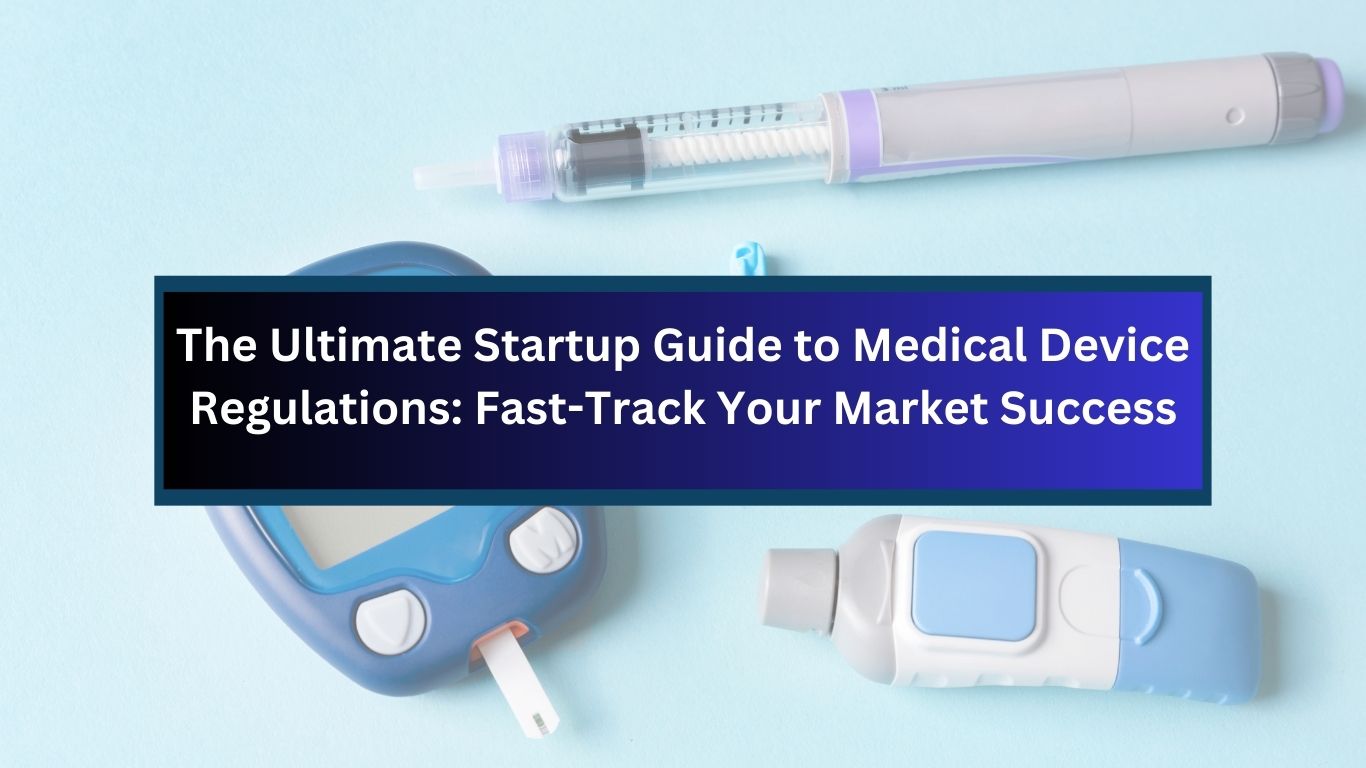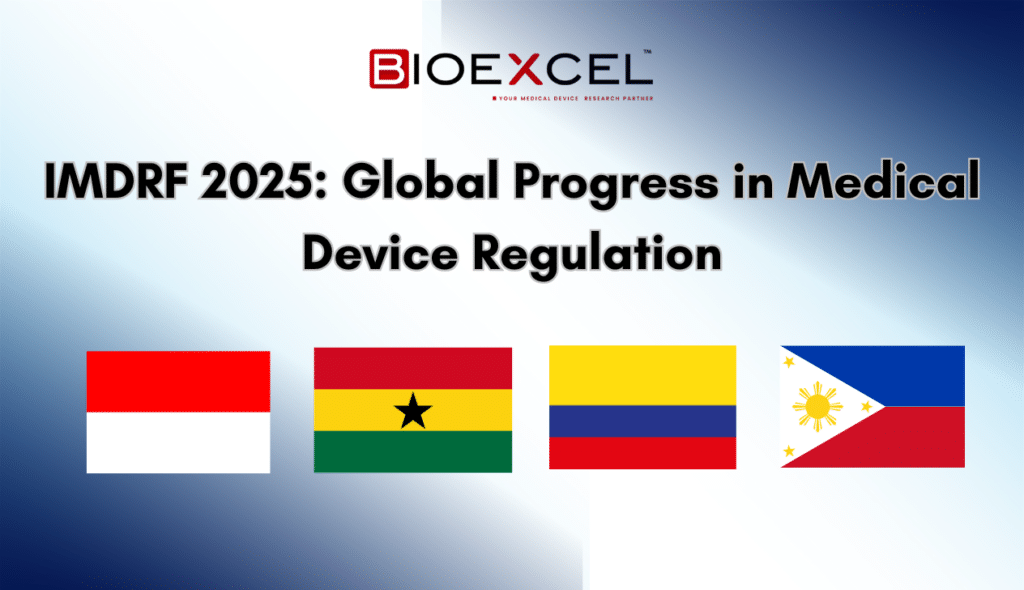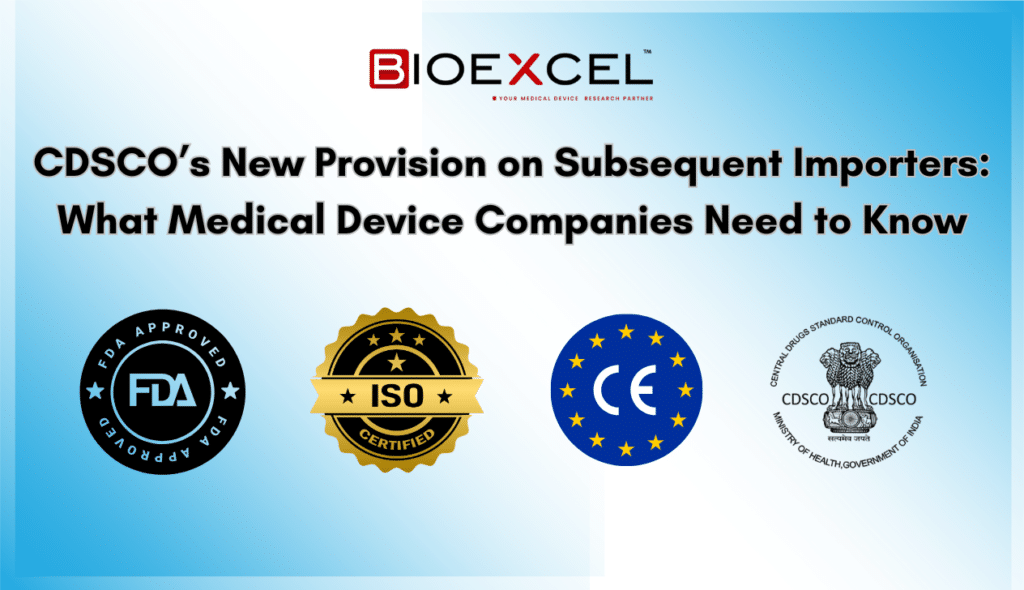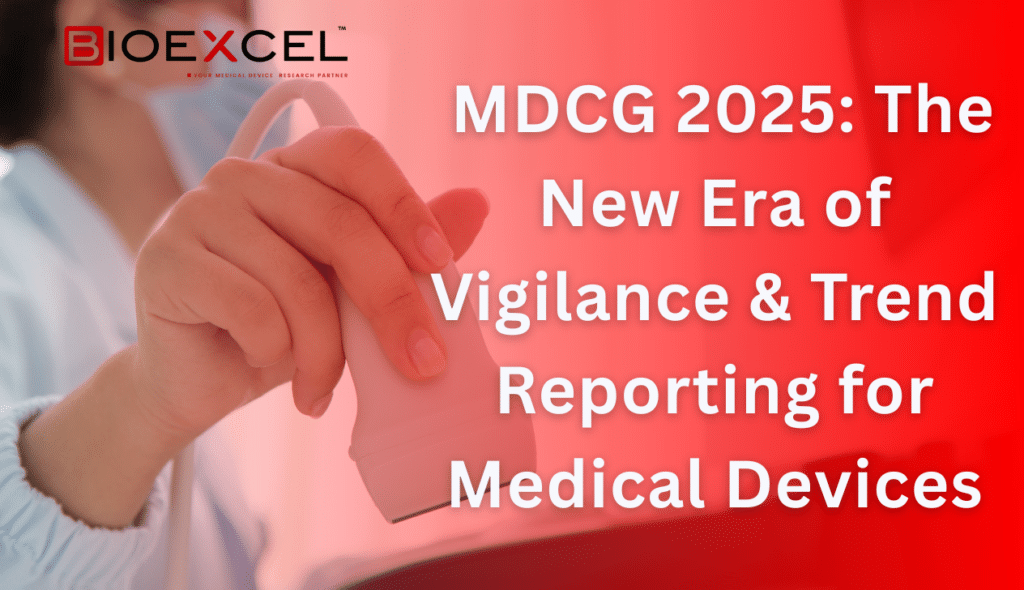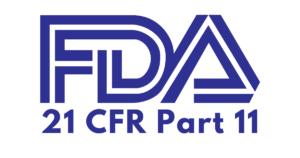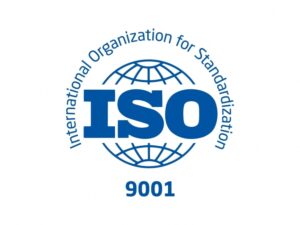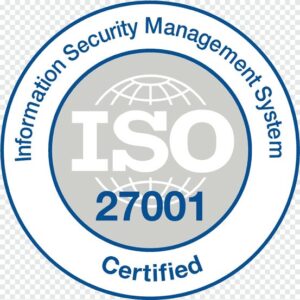Bringing a medical device to market is an exciting yet complex journey, especially for startups venturing into the highly regulated healthcare industry. Compliance with global medical device regulations is crucial for ensuring product safety, securing approvals, and achieving market success. This guide provides a roadmap for startups to navigate regulatory pathways effectively.
Understanding Medical Device Regulations
Medical device regulations vary across regions, with each regulatory body enforcing strict compliance measures. The key regulatory authorities include:
- United States (FDA) – The U.S. Food and Drug Administration regulates medical devices under the 21 CFR Part 820 framework.
- European Union (EUMDR) – The Medical Device Regulation (MDR 2017/745) and In Vitro Diagnostic Regulation (IVDR 2017/746) govern device approvals.
- India (CDSCO) – The Central Drugs Standard Control Organization (CDSCO) oversees medical device regulation under the Medical Device Rules (MDR) 2017.
- China (NMPA) – The National Medical Products Administration (NMPA) is responsible for approvals and registrations.
Understanding these frameworks helps startups determine the right regulatory path based on their target markets.
Steps to Regulatory Compliance for Startups
1. Classify Your Medical Device
Device classification determines the level of regulatory scrutiny. Devices are generally categorized into:
- Class I (Low Risk) – General controls apply (e.g., bandages, thermometers).
- Class II (Moderate Risk) – Requires additional regulatory controls (e.g., blood pressure monitors, infusion pumps).
- Class III (High Risk) – Subject to stringent premarket approval (e.g., implantable devices, pacemakers).
2. Define Regulatory Strategy
Startups should determine the regulatory requirements for their chosen markets early in development. A well-structured regulatory strategy includes:
- Selecting the primary market for initial approval.
- Identifying necessary testing and validation studies.
- Budgeting for certification and approval fees.
3. Prepare Technical Documentation
Comprehensive technical documentation is required for regulatory submissions. It typically includes:
- Device Description & Intended Use
- Risk Management (ISO 14971 Compliance)
- Biocompatibility Data (ISO 10993 Standards)
- Software Validation (if applicable, per IEC 62304)
- Clinical Evaluation Report (CER) (ISO 14155 Guidelines)
- Post-Market Surveillance (PMS) Plan
4. Conduct Preclinical & Clinical Testing
Regulatory authorities require safety and efficacy data:
- Preclinical Testing – Bench testing, biocompatibility, and performance evaluations.

- Clinical Trials – Required for high-risk devices to assess safety and effectiveness in real-world settings.
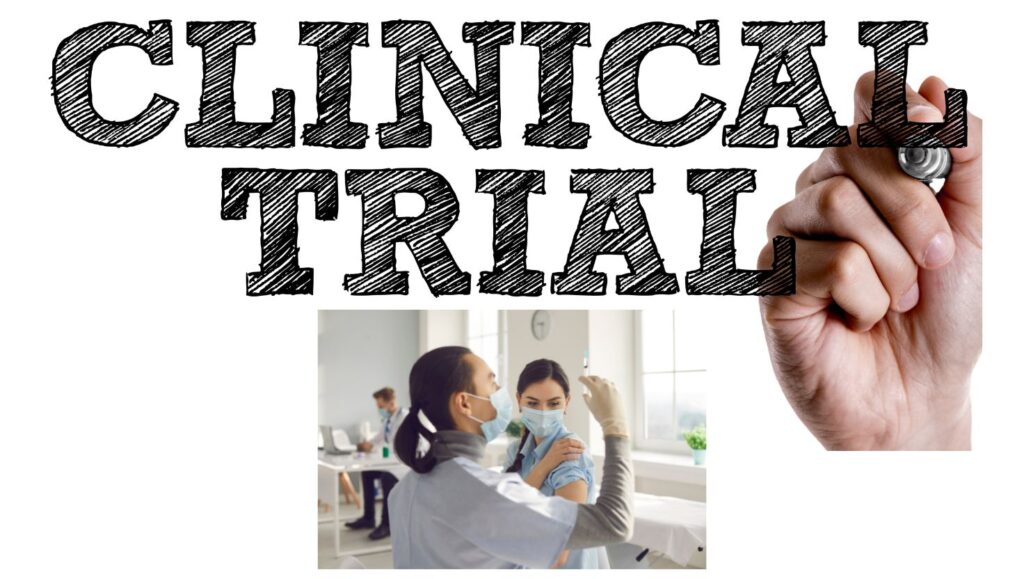
5. Obtain Regulatory Approval
Once documentation and testing are complete, startups must submit applications to the relevant regulatory body. Timelines vary by region:
- FDA (510(k), De Novo, or PMA Approval) – 3 months to 1 year.
- EUMDR CE Marking – 6 months to 1.5 years.
- CDSCO Approval – 3 months to 9 months.
6. Implement Quality Management System (QMS)
A robust ISO 13485-certified QMS is essential for demonstrating compliance with regulatory standards. Key elements include:
- Design and development controls
- Supplier management
- Complaint handling and corrective actions
7. Post-Market Surveillance & Compliance
After market approval, continuous monitoring and reporting are required:
- Adverse Event Reporting – Ensuring timely notifications to regulatory bodies.
- Product Recalls & CAPA (Corrective and Preventive Actions) – Addressing non-conformities promptly.
- Periodic Safety Updates & Market Surveillance – Ensuring ongoing compliance with changing regulations.
Common Challenges for Startups & Solutions
Challenge 1: High Regulatory Costs
Solution: Seek funding, grants, or partnerships to manage compliance expenses.
Challenge 2: Lack of Regulatory Expertise
Solution: Hire consultants or partner with regulatory specialists to navigate the process smoothly.
Challenge 3: Complex Documentation Requirements
Solution: Use regulatory submission software or engage third-party services to streamline document preparation.
Conclusion
Navigating medical device regulations is critical for startup success in the healthcare industry. By understanding classification, regulatory pathways, and compliance requirements, startups can expedite approvals and ensure product safety. Partnering with regulatory experts like Bioexcel can provide tailored solutions to help startups accelerate their journey from innovation to market success.
Why Choose Bioexcel for Your Regulatory Success
Navigating medical device regulations is a challenging process, but Bioexcel is here to help! Our expert regulatory consultants provide end-to-end support for startups, ensuring faster approvals and market success. Our key services include:
✅ Regulatory Strategy & Compliance Guidance – Tailored support for FDA, EUMDR, CDSCO, and other global markets.
✅ Technical Documentation & Submission Assistance – Comprehensive dossier preparation for seamless approvals.
✅ Quality Management System (QMS) Implementation – Ensuring compliance with ISO 13485 and Good Manufacturing Practices (GMP).
✅ Clinical & Preclinical Study Support – Designing and executing safety and performance studies.
✅ Post-Market Surveillance & Risk Management – Continuous compliance support to maintain regulatory approvals.
Let Bioexcel accelerate your journey from innovation to market success with expert regulatory solutions. Contact us today to get started!


